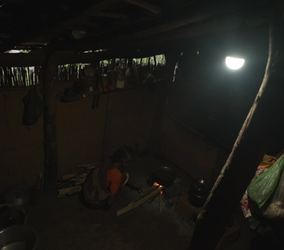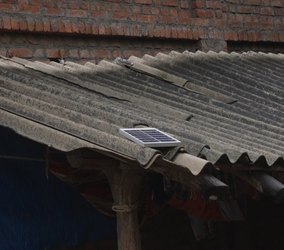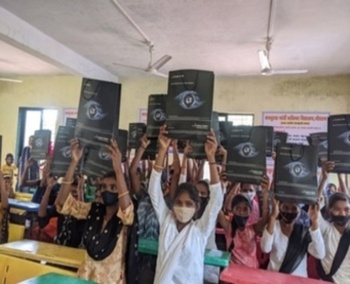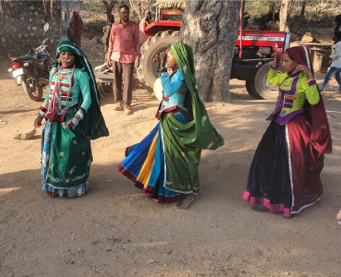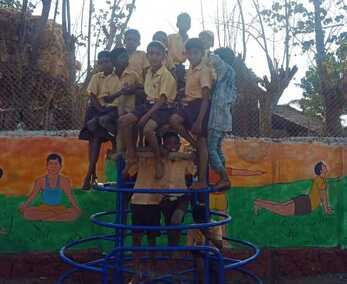Lighting Up Lives, Protecting the Planet: How Project Chirag Celebrates Earth Day Every Day
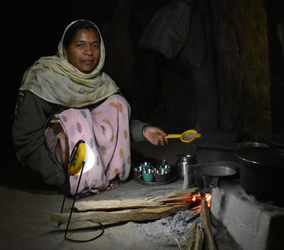
In 1970, the United States of America chose April 22nd as Earth Day—the intention was simple and clear. This day was meant to raise awareness about environmental challenges such as climate change, pollution, deforestation, and loss of biodiversity while inspiring communities and individuals to adopt more sustainable practices. In the years to come, more and more countries understood the importance of what this day stood for and chose to adopt it, transforming it into World Earth Day.
As we approach World Earth Day, communities across the globe are joining forces to safeguard our environment. Interestingly enough, at Project Chirag, we do this every single day while transforming lives.
A beacon of change in rural communities through renewable energy initiatives
A quiet revolution has been underway in India’s vast rural landscape, where centuries-old traditions meet modern challenges. Remote villages are being transformed by clean, sustainable energy that brings more than just improved visibility, kindles hope, strengthens local economies, and forges a path toward long-term sustainability.
Since its inception, Project Chirag has been working towards identifying villages that are struggling with issues such as intermittent or no electricity, lack of clean water and irrigation, and other similar problems. In the year 2000, only 56% of Indian households had access to electricity, but in 20 years, the number has gone up to 97%, and we would like to believe that we have a role to play in the same, too*.
However, we have ensured reliable power via solar power. By utilising solar energy for rural development, we have not only been able to light up homes, streets, local schools, primary health clinics, and community buildings but also work towards protecting the planet.
Data gathered from renewable energy agencies suggests that solar technology can cut carbon emissions by up to 80% compared to conventional fossil fuels. With multiple solar lighting units being installed, we cannot only provide literal light, but also allow these villages to contribute to an annual reduction in the local carbon footprint by several thousand tonnes.
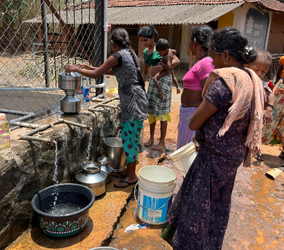
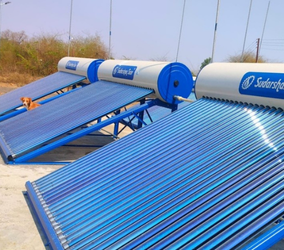
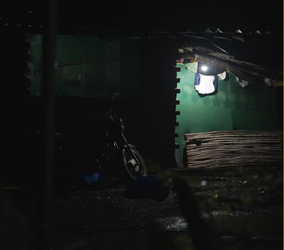
Empowering sustainable development in rural areas in more ways than one
In addition to lights in homes, these solar power installations have also helped improve agriculture and community health. In several villages of Maharashtra, access to water sources for irrigation was difficult. People had to rely almost entirely on monsoons to irrigate their land or had to travel hours to obtain water. The same was the case for drinking water – women would have to wake up in the wee hours of the morning, walk several miles to reach the water source, and then carry the water back.
- Project Chirag was able to install solar-powered motors, which allowed for the creation of perennial water sources right in the centre of their community. Now, farmers no longer had to migrate to towns and cities because, with proper irrigation facilities, they could farm around the year, increasing not only their produce but also their profits.
- Similarly, because the women of the house no longer had to spend several hours in the day ferrying water, they could now contribute to either farming or other entrepreneurial endeavours.
- In several villages where darkness once curtailed evening activities, the availability of solar-powered light is now enabling small local enterprises, like kirana stores, roadside tea stalls, and handicraft workshops, to operate well into the night. This has given an immense boost to local economies and incomes.
- With reliable power in local schools and Anganwadis, children are able to learn better and build a better future for not only themselves, but also their families and communities. Project Chirag has brought electricity and with that, digital devices too, to make education fun, relevant, and in tandem with urban centres.
What makes projects such as these truly sustainable is that they are planet-friendly too, because we understand that protecting the earth is not about a single day, but rather a daily effort.
Embracing renewable energy in rural India for a greener future
The rapid uptake of renewable energy solutions in India is a testament to the power of solar power in driving sustainable change. The nation is looking to reach net-zero emissions by 2070*. There is a growing movement to shift from fossil fuels to renewable sources and this movement is particularly significant in rural areas, where the dependable, low-cost nature of solar panels has proved transformative.
A key pillar of this sustainable transformation is community involvement – locals have been more than welcoming of these changes, because they have been able to see the tangible nature of the benefits these changes bring. In almost every village we have worked in, villagers have been actively helping with installation and maintenance.
There are plenty of success stories that we can share that show a simple fact – sustainable choices can transform communities and create a significant impact on our global environmental goals. You can do your bit by considering a donation for rural development, which will help us bring electricity, clean water and a sustainable future to more villages.
As the world celebrates Earth Day, rural India too is marching forward, lighting up its darkest corners with renewable energy; every solar lamp stands as a beacon of hope, inspiring change and protecting the planet daily.
